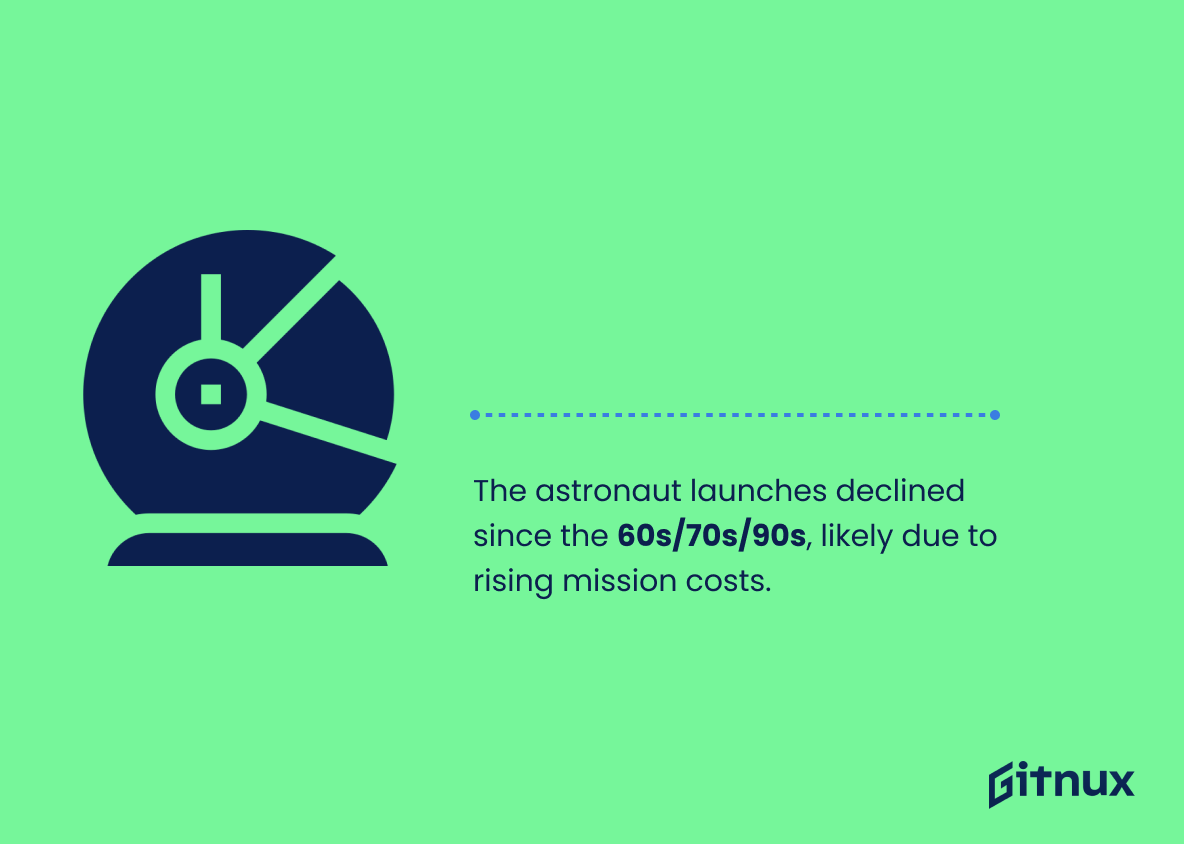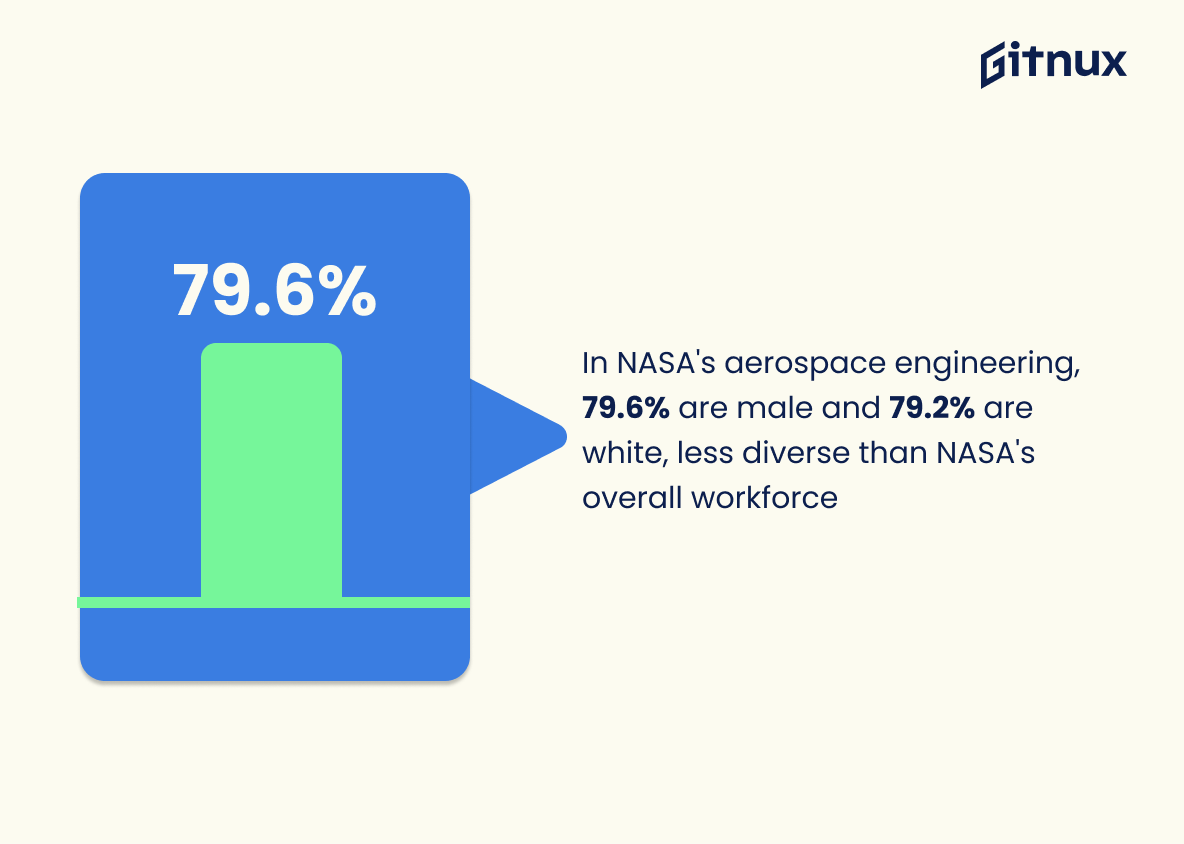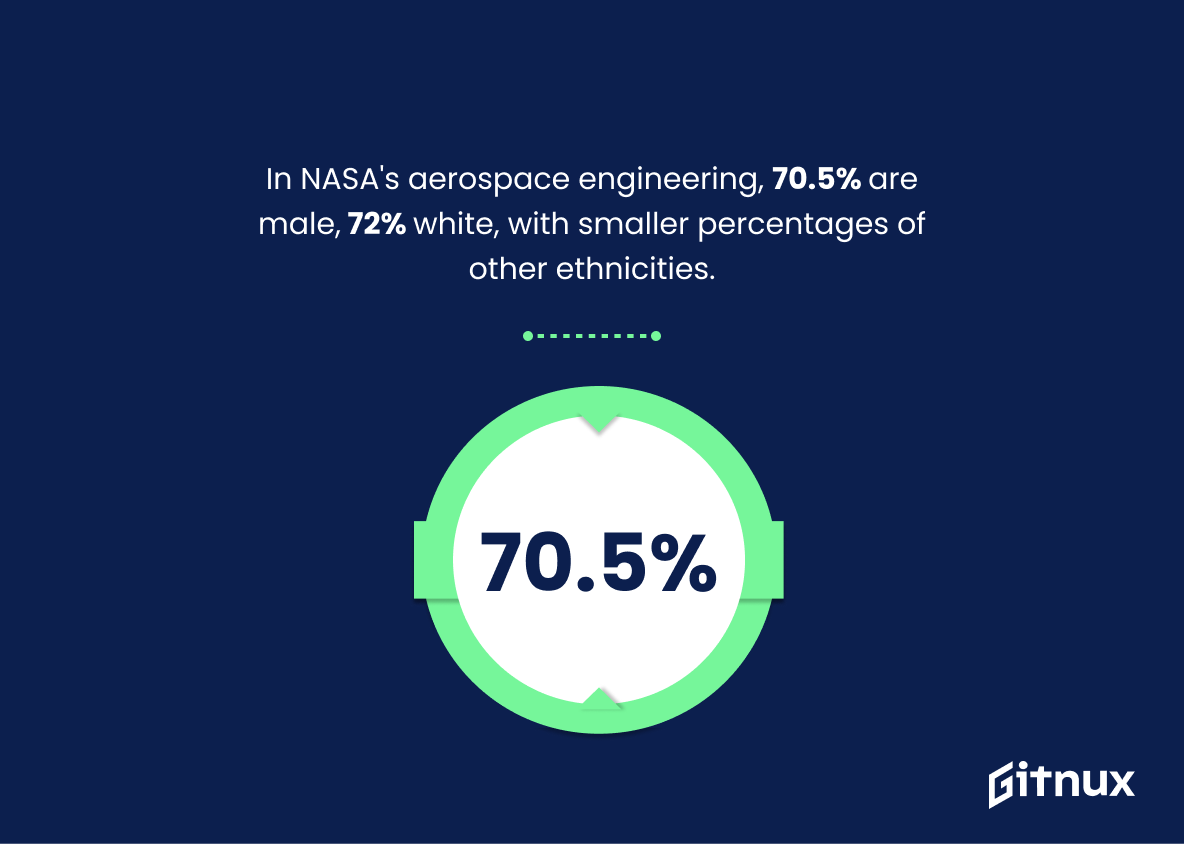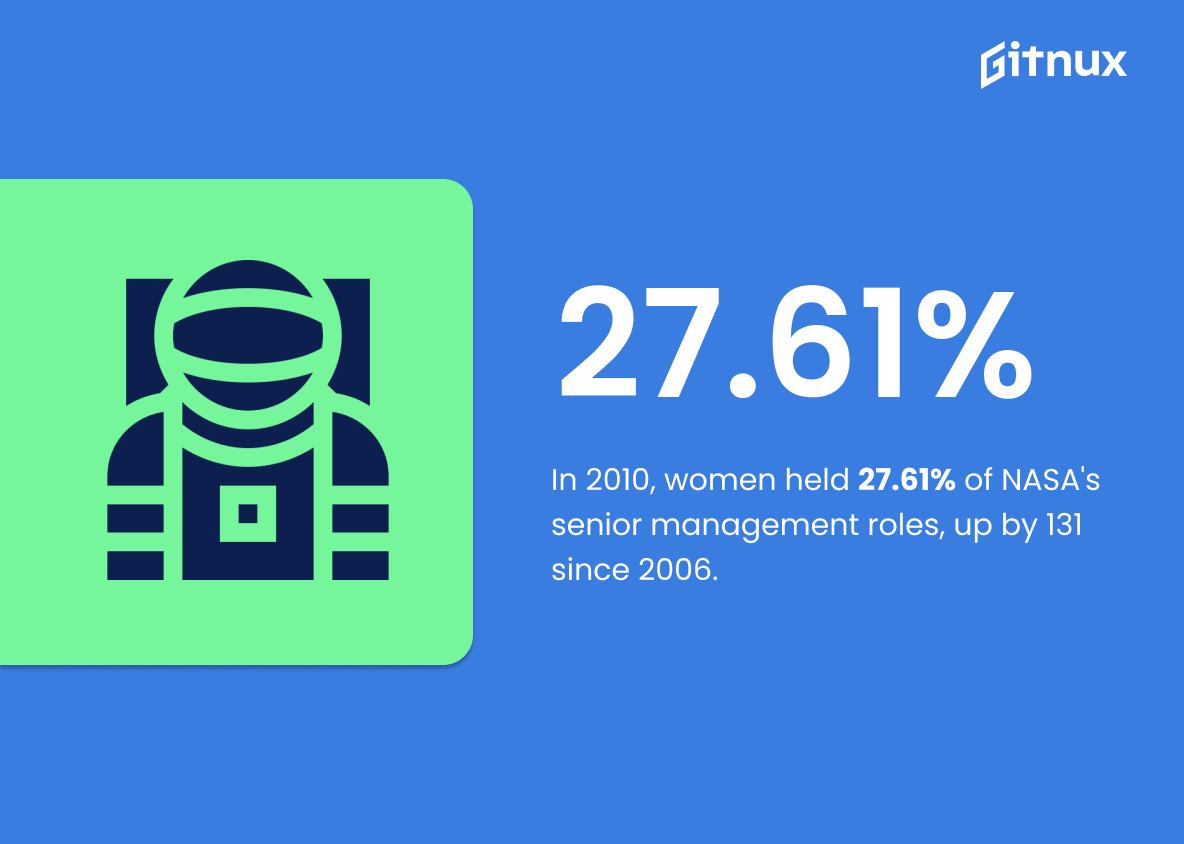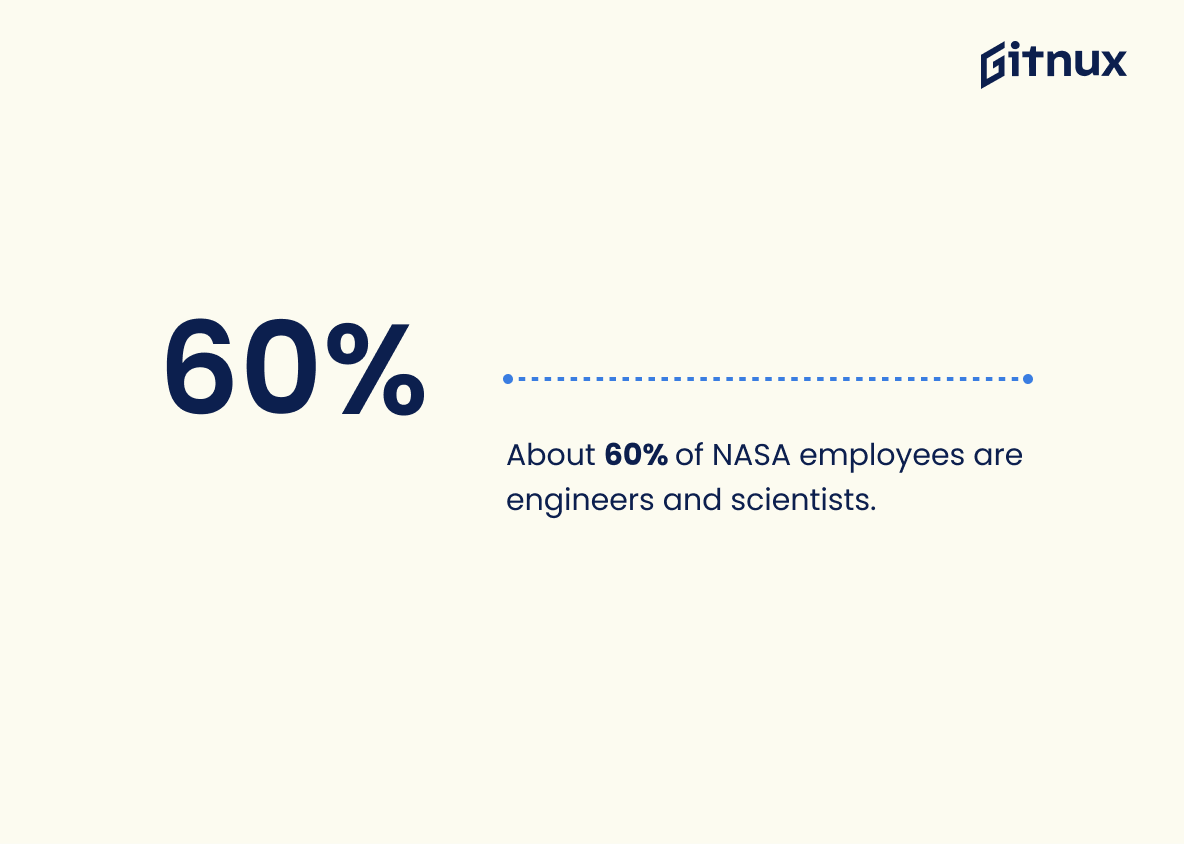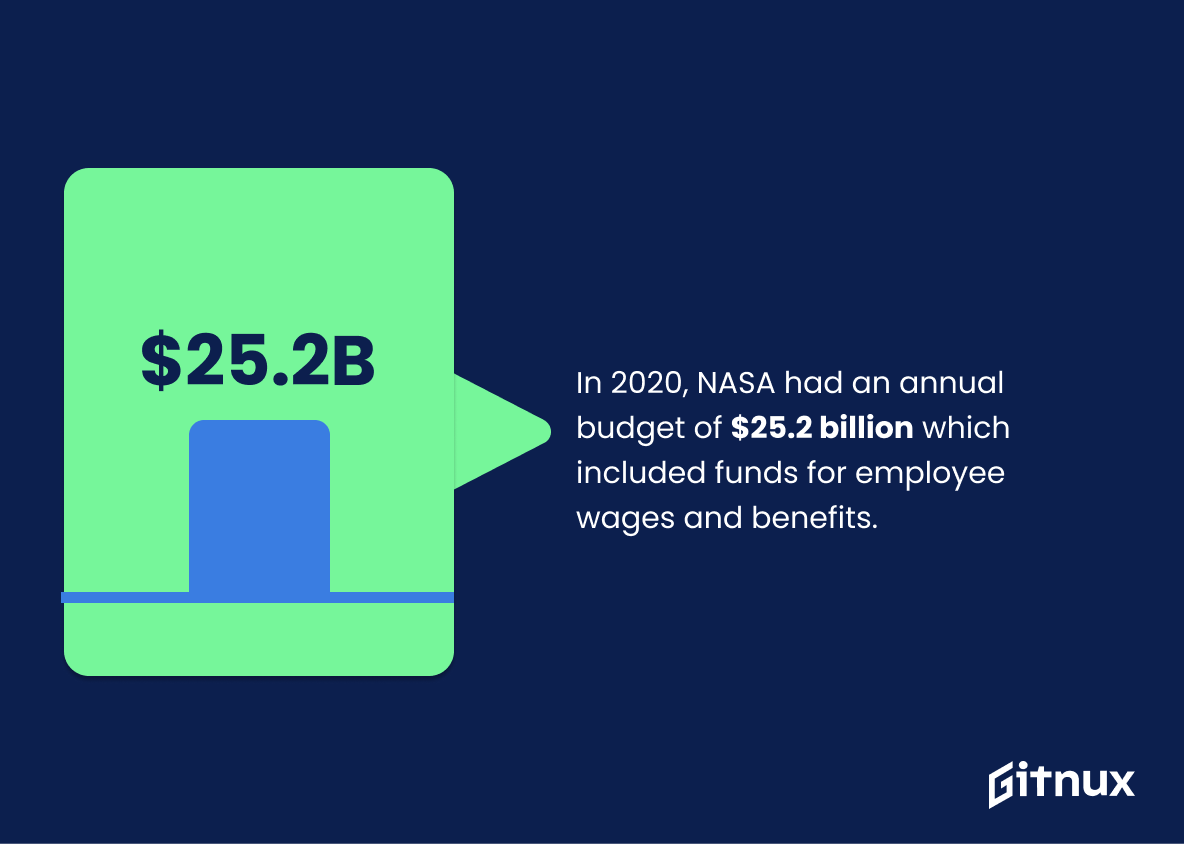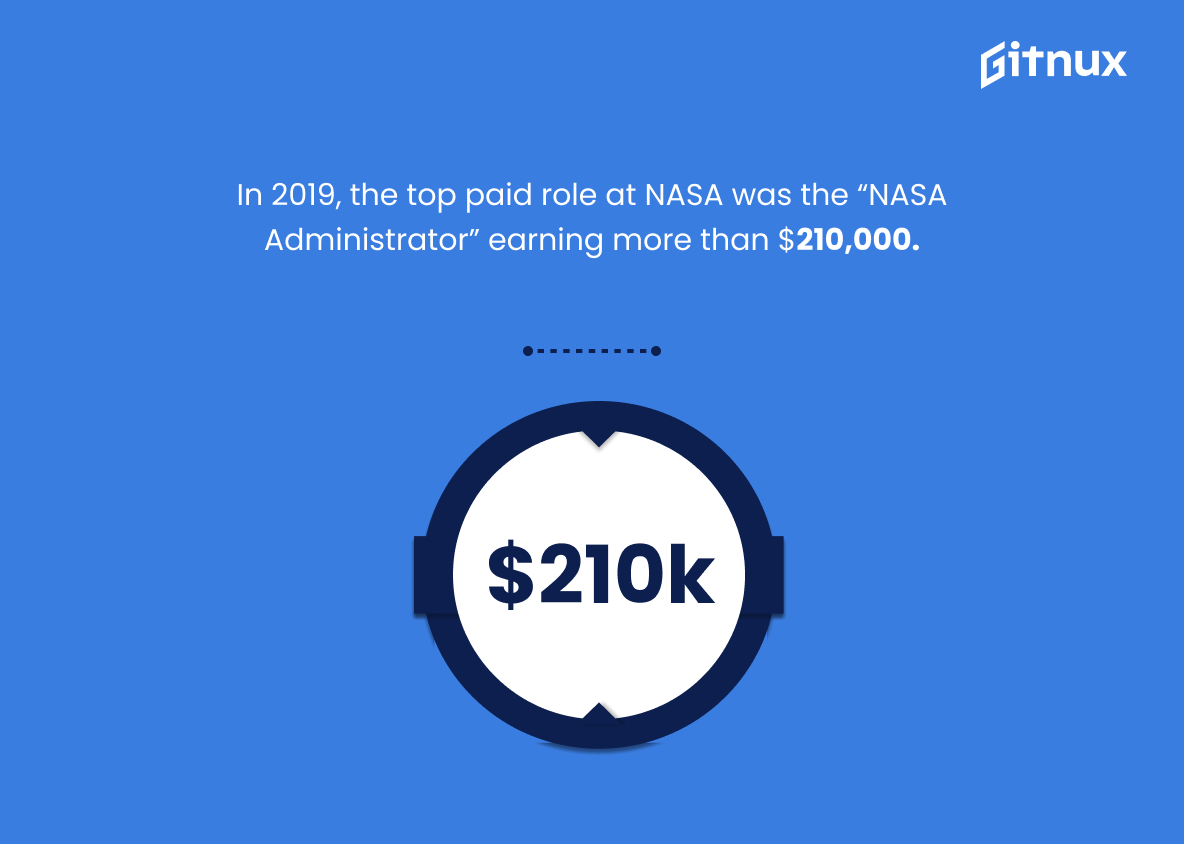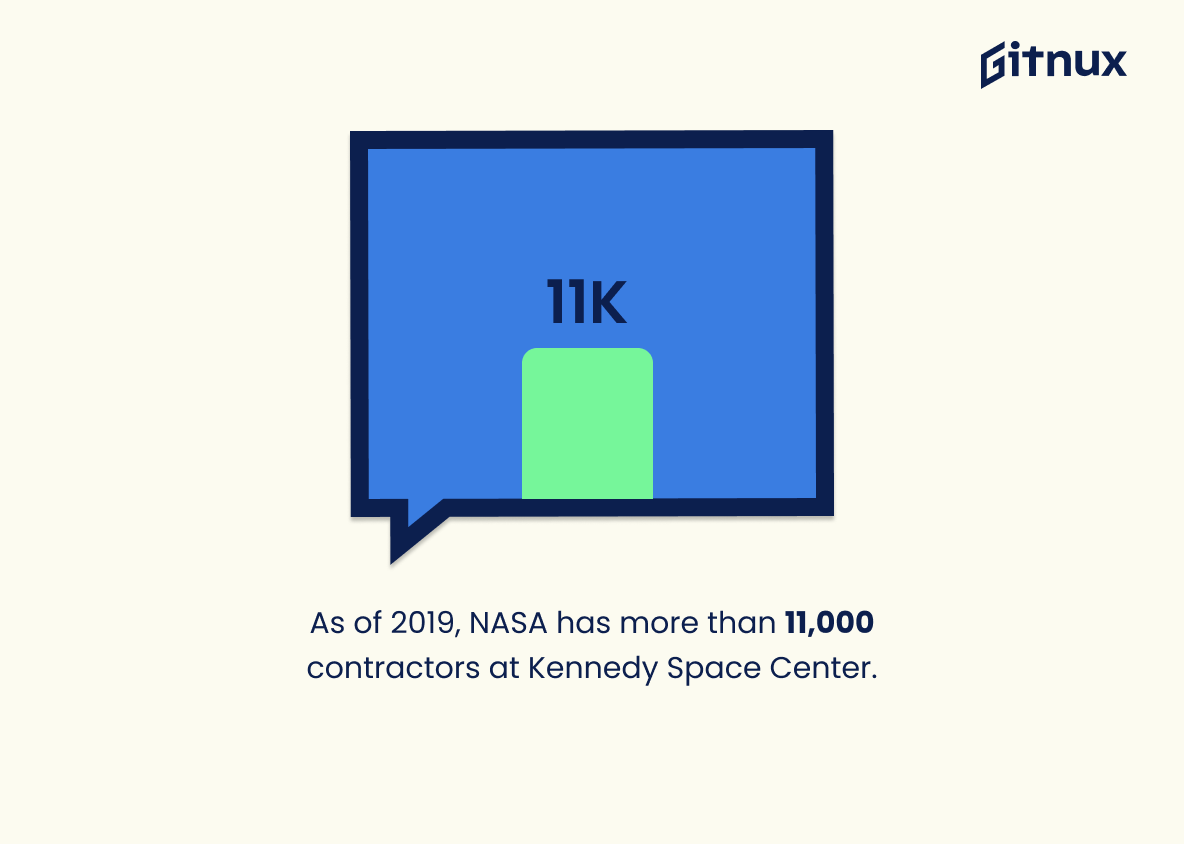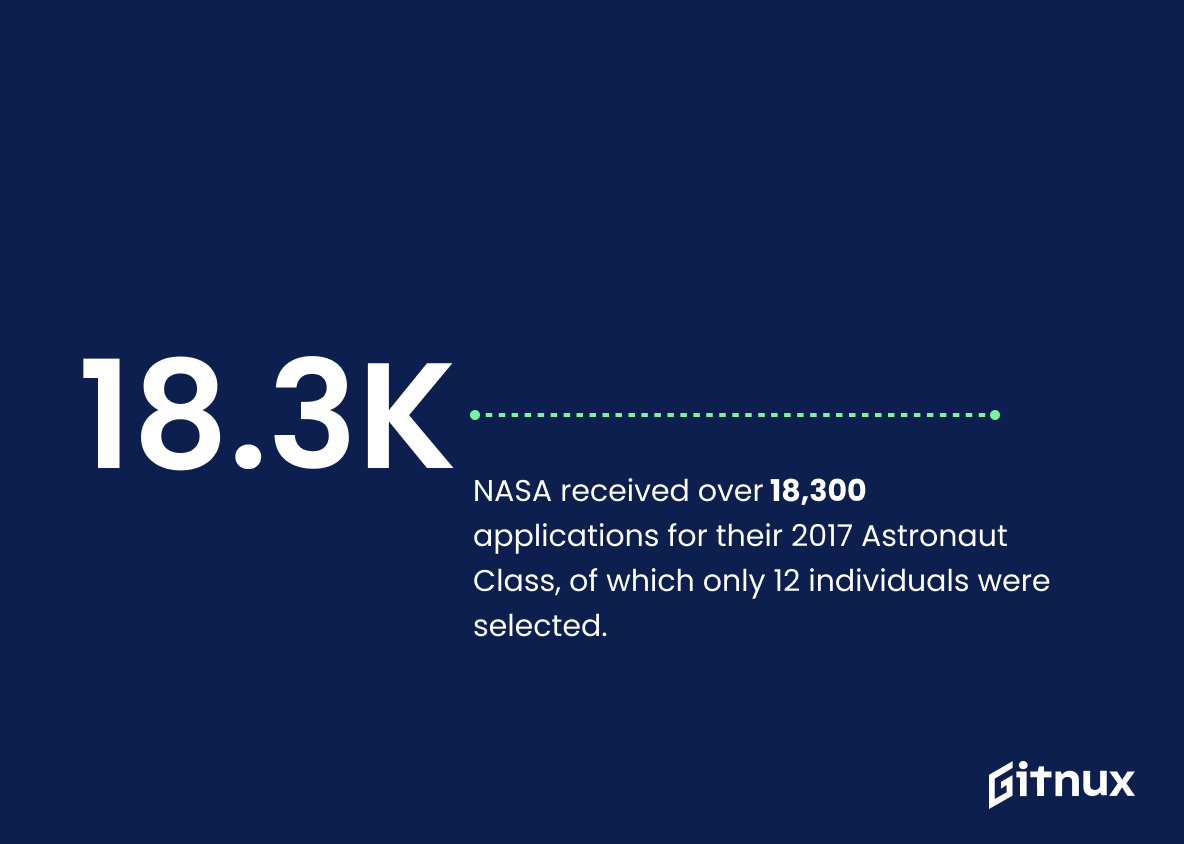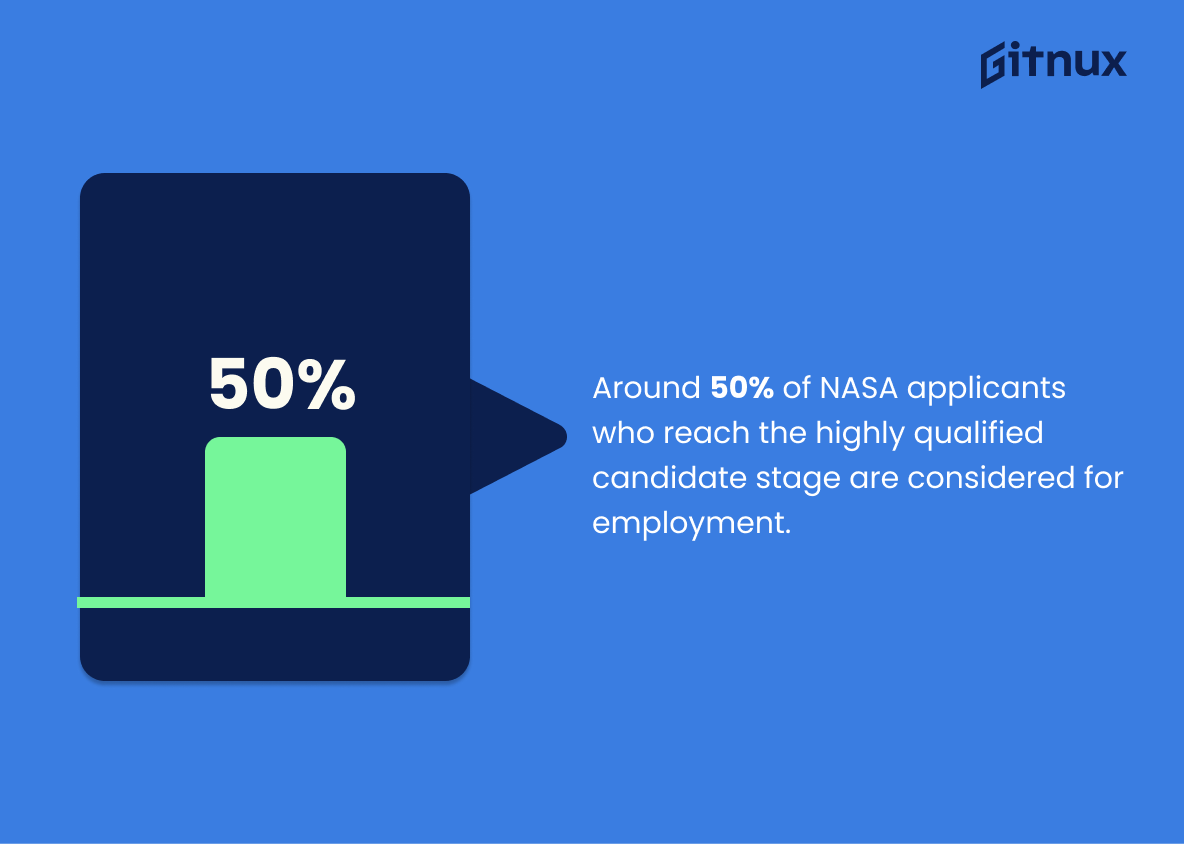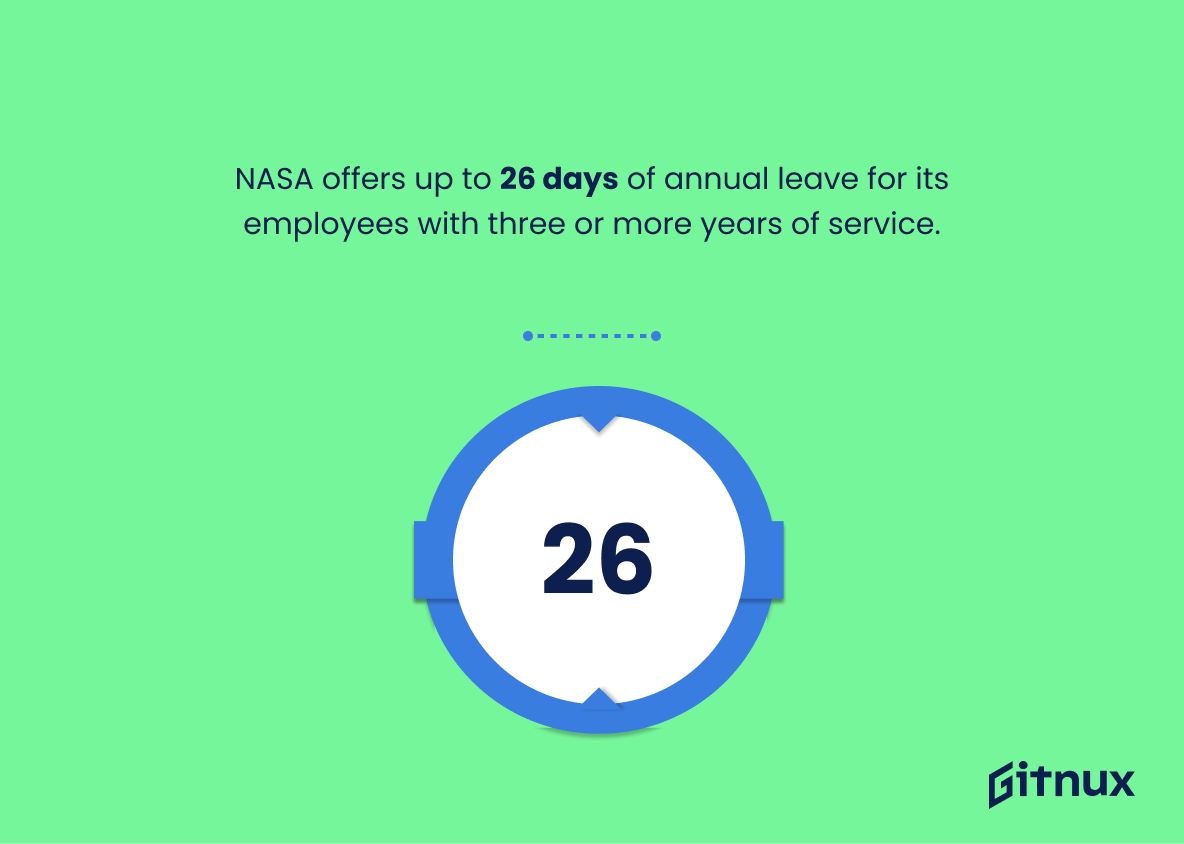Welcome to the blog post about NASA employment statistics. As you may know, NASA is a global leader in space exploration and research. As such, it is important to understand the employment trends of the agency and the impact it has on the economy.
In this blog post, we will be taking a look at the current employment trends at NASA and the impact they have on the economy. We will also be exploring the various career opportunities available at NASA and the qualifications needed to be successful in the agency. So, let’s get started.
NASA Employment: The Most Important Statistics
The number of astronauts launched into space has decreased significantly since the 60s/70s/90s, likely due to the increasing cost of missions.
The workforce of aerospace engineering at NASA is predominantly male and white, with 70.5% male, 72% white, 4% Hispanic or Latino, 10.8% Black or African American, and 12% Asian.
NASA Employment Statistics Overview
55% of NASA employees are white, 16.6% are Hispanic or Latino, 13.2% are Black or African American, 11.2% are Asian, and 4.5% are unknown. Spanish is the most common foreign language spoken at the workplace.
Thus, NASA is not representative of the US population in terms of race and ethnicity, and that there is a need for greater diversity in the workplace.
65% of NASA employees are male and 35% are female, indicating that NASA is making progress towards greater diversity. This matters because it shows that NASA is committed to creating a more inclusive workplace.
The United States has the most active artificial satellites orbiting the Earth (3,433), far more than any other single country, which is related to NASA’s employment statistics as revenue is generated from building, launching and operating satellites, thus requiring people to be employed.
This revenue generated from satellites is essential to the success of the company, and thus the need for people to be employed in order to make this happen.
In 2019, 95 satellites were launched worldwide, a decrease from 114 in 2018, which was a result of the Cold War and the emergence of a highly lucrative satellite market.
In 2020, 10 male and 2 female astronauts traveled to space, suggesting that NASA’s drive for diversity in employment is a recent endeavor. NASA is therefore making an effort to increase the diversity of their astronauts, which is important for creating an equitable and inclusive workplace.
The number of astronauts launched into space has decreased significantly since the 60s/70s/90s, likely due to the increasing cost of missions.
This implies that the number of astronauts employed by NASA may have decreased as well, due to the decrease in the number of missions. This could have an impact on the number of jobs available for astronauts at NASA.
Aerospace engineering at NASA is predominantly white male, with 79.6% male and 79.2% white, making it a much less diverse field than the overall employment of NASA.
It highlights the need for NASA to work towards increasing diversity in its workforce, as diversity is important for innovation and creativity.
The workforce of aerospace engineering at NASA is predominantly male and white, with 70.5% male, 72% white, 4% Hispanic or Latino, 10.8% Black or African American, and 12% Asian.
This displays the disparities between the overall employment of NASA and the aerospace engineering field, which has a higher percentage of Asian and Black or African American employees.
Women occupied 27.61% of NASA’s senior management positions in 2010, representing an increase of 131 women since 2006.
The number of women occupying mid level management positions has increased from 2006 to 2010, indicating more women are able to rise to senior management positions.
NASA employs approximately 17,300 people as of October 2019.
This speaks to the agency’s commitment to providing employment opportunities to a wide range of individuals, from scientists and engineers to administrative staff and support personnel. It also serves as a reminder of the importance of the agency’s mission and its impact on the global economy.
About 60% of NASA employees are engineers and scientists.
The majority of the agency’s workforce is comprised of highly skilled engineers and scientists, which is essential for the successful completion of their ambitious projects. This statistic is a testament to the level of expertise and dedication that NASA puts into their work.
In 2020, NASA had an annual budget of $25.2 billion which included funds for employee wages and benefits.
This is a clear indication of the value that NASA places on its employees, and the resources available to ensure their well-being. This statistic is a testament to the importance of the work done by NASA employees and the commitment of the organization to its staff.
In 2019, the top paid role at NASA was the “NASA Administrator” earning more than $210,000.
The position is highly sought after and well-compensated, highlighting the importance of the role in the organization. It also serves as a benchmark for other positions within NASA, providing insight into the potential salaries of other roles.
The average length of employment at NASA is approximately 14 years.
This speaks to the stability of the organization and the commitment of its employees, making it an attractive option for those looking for a long-term career.
As of 2019, NASA has more than 11,000 contractors at Kennedy Space Center.
The organization is heavily reliant on contractors to carry out its mission, and that it is a major employer in the area. This is an important point to make in a blog post about NASA employment statistics, as it demonstrates the organization’s commitment to providing jobs and economic opportunities in the region.
NASA received over 18,300 applications for their 2017 Astronaut Class, of which only 12 individuals were selected.
That NASA is a highly sought-after employer, and that the selection process is rigorous and selective. It also serves as a reminder of the dedication and hard work required to become an astronaut.
Around 50% of NASA applicants who reach the highly qualified candidate stage are considered for employment.
Only the most qualified applicants are considered for employment, ensuring that the agency is staffed with the best and brightest minds. This statistic is a reminder that those who are interested in working for NASA must be prepared to put in the hard work and dedication necessary to make it through the selection process.
NASA offers up to 26 days of annual leave for its employees with three or more years of service.
By offering up to 26 days of annual leave for those with three or more years of service, NASA is demonstrating that it values its employees and wants to ensure they have the opportunity to take time off to rest and recharge. This speaks to the overall culture of the organization and its dedication to its employees.
At least 3,000 scientists were employed by NASA as of 2016.
The is a clear indication that NASA is dedicated to pushing the boundaries of knowledge and understanding, and is willing to invest in the personnel necessary to make that happen. This statistic is a powerful reminder of the importance of scientific research and exploration, and the impact it can have on our lives.
NASA’s Marshall Space Flight Center supports over 20,000 jobs within the State of Alabama.
This is a powerful reminder of the importance of the space agency’s work and the thousands of jobs it provides to the local community. It is a clear indication of the positive effect that NASA has on the state’s economy and its citizens.
NASA supports over 1,100 jobs in West Virginia related to research and development.
The organization is not only a leader in space exploration, but also a major employer in the state. This is an important point to make in a blog post about NASA employment statistics, as it demonstrates the organization’s commitment to creating jobs and stimulating economic growth.
In 2019, over 1,000 jobs supported by NASA were located in Maryland.
The agency has created a significant number of jobs in the state, providing employment opportunities for its citizens and contributing to the local economy. This is an important statistic to consider when discussing NASA’s employment statistics, as it demonstrates the agency’s commitment to creating jobs and supporting the local community.
NASA employs around 10,000 engineers, making up approximately 57.72% of their workforce.
The agency places a high priority on engineering, as it makes up the majority of their workforce. This is significant, as it shows that NASA is committed to utilizing the best engineering talent to achieve their goals. Furthermore, it highlights the importance of engineering in the space exploration industry, and the need for engineers to be involved in the development of new technologies and exploration missions.
Conclusion
In conclusion, the statistics from NASA show that the organization is making progress in terms of diversity and inclusion. However, there is still a long way to go before NASA can be considered a truly diverse and inclusive workplace.
The organization must continue to focus on recruiting and retaining a diverse workforce, as well as creating an environment where all employees feel welcome and respected. Only then can NASA truly become a leader in diversity and inclusion.
References
1 – https://www.zippia.com/nasa-careers-54038/demographics/
2 – https://www.statista.com/statistics/264472/number-of-satellites-in-orbit-by-operating-country/
3 – https://www.statista.com/statistics/896699/number-of-satellites-launched-by-year/
4 – https://www.statista.com/statistics/1182949/astronaut-space-gender/
5 – https://www.eeoc.gov/federal-sector/national-aeronautics-and-space-administration-nasa-0
6 – https://ntrs.nasa.gov
7 – https://www.linkedin.com
8 – https://www.nasa.gov
9 – https://www.aps.org
10 – https://nasapeople.nasa.gov
11 – https://www.opm.gov
12 – https://www.fedsdatacenter.com
13 – https://kscpartnerships.ksc.nasa.gov


